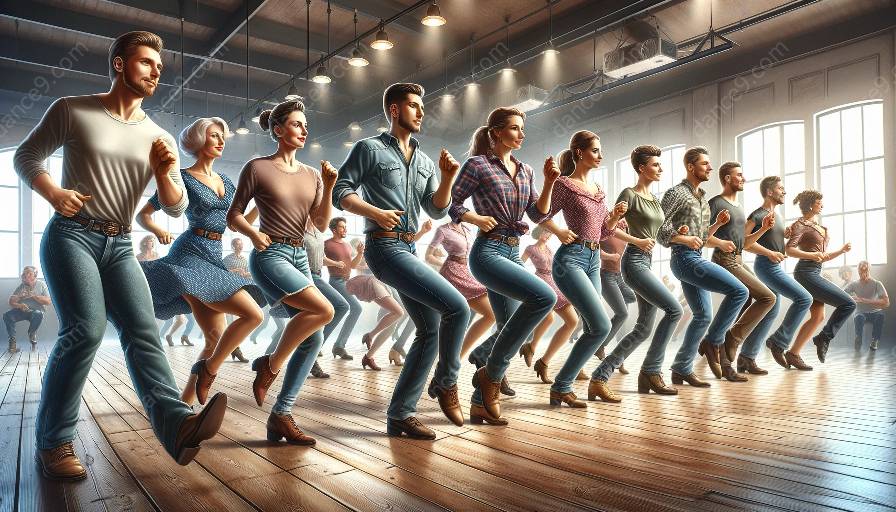Line dancing has evolved into a popular and culturally significant art form, offering a rich tapestry of history, music, and community. This article will delve into the roots of line dancing, its impact on various cultures, and how it is taught in dance classes.
History of Line Dancing
Line dancing has its origins in folk dance traditions, with the concept of groups dancing in lines traceable back to ancient times. While the precise history is challenging to pinpoint, line dancing has played a significant role in numerous cultures, from the United States to Ireland, and beyond.
Line Dancing and Cultural Significance
Line dancing often reflects cultural diversity, representing the traditions and values of various communities. With its distinctive steps and rhythms, line dancing has become a universal language, bridging gaps between people and celebrating shared experiences. It serves as a medium through which cultural expressions are preserved and shared with future generations.
Music and Line Dancing
Music is at the heart of line dancing. From Country and Western to Latin and Pop, line dancing has embraced a wide array of musical genres. The music sets the mood and tempo, guiding dancers through the steps and creating a communal energy that uplifts everyone involved.
Steps and Techniques
Line dancing encompasses a diverse range of steps and techniques, often blending traditional and contemporary movements. The choreography is meticulously crafted, incorporating footwork, arm movements, and formations that make each dance unique and compelling.
Community and Line Dancing
Line dancing fosters a sense of community and togetherness. It provides a space for individuals to come together, bond over shared interests, and form lasting connections through the joy of movement and music. The dance floor becomes a melting pot where people from all walks of life can join in harmony.
Teaching Line Dancing in Dance Classes
Dance classes offer an opportunity for individuals to learn line dancing in a structured and supportive environment. Instructors provide guidance on the basic steps, rhythm, and coordination, helping students build their confidence and proficiency in this art form.
Preserving Line Dancing Traditions
Preserving the heritage and authenticity of line dancing is crucial. Through dance classes, workshops, and cultural events, the traditions of line dancing are passed down to future generations, ensuring that its significance endures for years to come.
Conclusion
Line dancing is not just a pastime; it's a cultural art form that has woven itself into the fabric of societies around the world. Its significance, history, and communal nature make it a dance style that continues to thrive and evolve. Whether through dance classes or community gatherings, line dancing offers a mesmerizing journey into the heart of human expression.













































































